The Westfjords region has sometimes been dubbed “the most famous unknown place in Iceland”. Throw in the prestigious “European Destination of Excellence” awards and add to that the fact Lonely Planet put the area on its Top 10 List of regions in the world to visit in 2011, and you will see that the Westfjords are becoming increasingly famous – or perhaps less unknown.
Lonely Planet placed the Westfjords in its Top 10 Regions of the world to visit in 2011, saying that the “oddly shaped” peninsula is “as isolated as it is spectacular”. Luckily, “isolated” does not mean inaccessible. With only 7400 inhabitants in the area, each person has around 1.2 km2 of personal space, so there is ample room for any visitors as well. The region is perhaps one of the few left in the world that truly allows tourists to experience moments of quiet contemplation with the honest beauty of an untouched natural landscape.
Although the locals are great, it is, by and large, the nature that attracts visitors. For understandable reasons as well: it is untouched and almost uninhabited. The cliffs and valleys are packed with birds, the uninhabited fjords offer a moment of silence and tranquility, and the Arctic fox proudly roams the mountains and inlets. The waterfalls are high and the streams pure. The distances are long and the fjords are deep. And then there are places where there are no roads at all. Remember, Mother Nature only reveals herself to those who press her closely. And it’s clear, she lives up here!
I woke up at the break of dawn to check out of my hotel in Reykjavik and hopped in a taxi bound for the domestic airport just 10 minutes away. I had been working with Gustaf at the Westfjords Marketing Office to organize my itinerary for the past two months and found myself flipping through my list of to do’s for the next three days while waiting to check in for my flight: “Icelandic horse back riding, picnic lunch and hike to a scenic waterfall, kayak in the harbour, Icelandic waffles, fresh fish dinner at The Tar House…” it sounded like an enchanting culinary tour!
Nature is a powerful force here, it defines the mood and daily lives of the people who live here, just as it does in Canada. People respect the weather and heed its warnings. I understood that, but of course was annoyed when I was advised that the flight had been “put on hold” due to the fact that their were strong winds at the airport in safjörður. So I did what anyone would do: bought a postcard, sipped on a latte and read the local paper. An hour or so later we were advised everything was good to go.
I hopped on a wee plane and soon found myself zooming north towards the Arctic Circle. I listened to Bjork’s “Hunter” on repeat, it set the perfect mood as we crossed central Iceland’s beautiful jaw dropping landscape. The quick one hour flight got a bit rocky as we were flying into the airport. My heart stopped a few times as the plane shook and jumped up and down. The deep fjords here create strong winds that shoot across the ocean making it a challenge for landing planes up here in the Arctic. Turbulence in a tiny little plane certainly wakes you up and reminds you how much of life you have left to live! I couldn’t help but laugh as I remembered a similar experience when I flew in a rain storm into Rurrenabaque Bolivia, the heart of the Amazon jungle.
After hopping safely out of my plane I met Gustaf, grabbed my bags and drove to Hótel safjörður where I would be spending the next three nights. I had a quick shower and met him downstairs for our first jam packed day touring the Westfjords. It was a national holiday so most shops were closed, lunch was on our agenda but nothing much was open. We chose an unlikely spot for my first restaurant, an unassuming yet famous little shop called Hamraborg.
It was during this lunch where I first became acquainted with Icelander’s and their belief in the existence of elves. A recent study featured in The Iceland Review advises that, “only 13% of participants in the study said it is impossible that elves exist.” The President has also explained the existence of huldufólk tales (elves aka “hidden people”) by saying: “Icelanders are few in number, so in the old times we doubled our population with tales of elves and fairies.” I quickly learned that my tour guide for the next three days believes in an entire magical world of elves that we can only see if they want us to. It may very well have been my most interesting restaurant review to date as I scribbled down notes. He filled me in on a few elf facts over the next few days:
- Never break a promise with an elf, if you do they will punish you severely.
- On Midsummers night folklore states that if you sit at a crossroads, elves will attempt to seduce you with food and gifts; there are grave consequences for being seduced by their offers, but great rewards for resisting. He also mentioned something about Icelanders rolling around naked in the grass in celebration.
- Sometime roads have to be moved if they are being constructed through an invisible elf city. Many stories have shown up in the media about construction vehicles breaking down which is indicitive of elves not wanting this construction to take place so close to their homes. The government has spent millions of dollars re-routing roads to avoid these issues.
After lunch we made a quick visit to The Westfjords Heritage Museum located right on the harbour. The museum is a great spot to learn about the nautical history of the area, which is effectively the story of how people lived here in the early days. It offers a wide range of fisherman’s memorabilia which really makes you take a moment to think about how challenging it must have been to live this far north.
We then enjoyed a stunning road trip to the small town of Súðavík. The town has a somber history as an avalanche in 1995 wiped out a portion of the town killing several of the members of the community, wiping out their homes. It just so happened that I had the opportunity to meet a woman who’s husband and home were devastated in the avalanche. She is a very resilient and passionate woman who started a non profit park where many of the homes once stood. She has been raising money for years to build swing sets and a BBQ area for people to enjoy in the summer months. She has raised most of this money by selling over 3.5 tonnes of kleinur (traditional Icelandic donut). The woman has been an inspiration to the community. After suffering such a loss it is amazing to see how she has turned a tragedy into a positive form of remembrance that benefits the whole community.
We continued driving along the Fjord to Litlibaer Farm, which was one of my favorite stops of the day and a must during a Westfjord tour. We walked up to a little farm house that was originally built in 1894 and was occupied until 1969. We were greeted by a giant of a man and short pudgy wife who speak no English so Gustaf played interpreter during our visit (during the summer months one of the couples young family members who speaks fluent English is on site for tourists). I soon found out that the man was the last child born in the family home. He gave us a tour of every room, which were filled with antiques and black and white photos of his family. Some 20-30 people lived in the farmhouse at any time (which was absolutely astounding considering its size). After poking my head in all the little rooms upstairs we met downstairs in the kitchen where our hostess was preparing traditional Icelandic waffles and coffee. We sat at the dining room table sipping from our hot cups while slathering our waffles with blueberry and rhubarb preserves. I was told I had to top my waffle with a tower of whipped cream which I did so with an unbridled enthusiasm. We enjoyed a lovely chat (via interpreter Gustaf) where I had the opportunity to find out that the owners grandfather had 15 children! It seems farmers always have large families to take care of the sheep, crops and fishing boats. I was fascinated by the fact that such a large team of people lived in this small little home. The room upstairs was barely half the size of my shoebox apartment and apparently 20 men at one point lived in these quarters. I love how history always gives us a unique perspective on our lives today. A friend of ours told us about an iceland car rental when we got there since there weren’t a lot of railways to help us get around from place to place.
After a big smile and quick wave we hopped back in the car and drove to the Arcitc Fox Center. The exhibition here demonstrates the biology and ecology of the arctic fox, the only native land mammal in Iceland, the hunting history and the relationship between foxes and men throughout the centuries. We had a very relaxing time here chatting with a woman who manages the place over a beer and kleinur (made by the women we had met a few hours before). Some interesting facts I learned during a lively chat we had in the cafe: back in the day, three fox pelts were a years salary so hunting was an incredibly lucrative business. Hunters were the only ones actually paid in gold rather than on stipend from traders. Much to my shock, farmers were paid via stipend from traders up until the 1980s! These stories reminded me of the history lessons I learned as a child of early Canada and the Hudson Bay Company. I also learned a somber fact about the countries famous Icelandic Horses: once they leave the country they can never come back. There is a law which prohibits the importation of horses in order to keep the genetic line pure (and prevent against disease). The following day I would have an opportunity to ride these majestic animals and it seemed rather tragic as many Icelander’s comment that they are such an intelligent animal they often bond to their owner like a dog, “mans best friend.” So basically if any Icelander decides to compete with their horse internationally or sell it abroad they will never be able to bring it back to their true home. Sort of a melancholy mood, I can’t believe someone hasn’t made a feature film about this yet.
Just as we were leaving the Arctic Fox Center I was hit by a wave of exhaustion. I told Gustaf it would be best to drop me back off at the hotel so I could get a rest before dinner. I positioned my seat down a little so my eyes were parallel with the dashboard. I vaguely remember staring up at the looming fjord’s above and then quickly fell into a deep sleep on the drive back into Isafjordur. After a quick nap I headed downstairs to meet Gustaf as we would be spending the evening dining at the hotel’s Restaurant Vio Pollinn.
The following morning we stopped by Bakarinn Bakery and Cafe where I gawked at hundreds of delicious Icelandic pastries. I selected a chocolate ball covered in coconut, cinnamon treat drizzled with icing, caraway bagel and almond stick dipped in chocolate. The bakery packs simple lunches like these for travelers in picnic baskets which you can enjoy during a sightseeing trip.We hopped back in the car and immediately drove through a mountain in one of the longest tunnels I have ever been through.
Gustaf told an interesting story: when the tunnel was first built there was a flood of natural gushing water. A unique showcase of the innovative Icelandic psyche, instead of trying to patch up the rupture it was decided to turn this running water into a power station which now operates inside the tunnel! Talk about ingenuity and resourcefulness! Once on the other side we enjoyed a beautiful panoramic drive filled with sweeping fjords views and a mystical mist which hung over the water.
We stopped in the small town of ingeyri where we would be spending the afternoon. I soon found myself sitting in Simbahollin Cafe a beautiful restored heritage building owned and operated by a Danish Woman and her Belgian husband. They have a cafe out front that serves the best Belgian waffles the world has ever known (topped with cream and homemade rhubarb preserve of course). After getting a wee tour of the place Gustaf drove a few minutes down the road where we would meet the Belgian side of the equation who runs horseback riding tours.
The weather was unfortunately the shits but they have all the necessary gear to brave a cool rainy day. I came face to face with my first Icelandic horses and was really amazed at how gentle, intelligent and responsive they are when riding. I had taken a similar tour in Bariloche Argentina where some massive horse nearly killed me as we almost toppled over a cliff. I want to highly suggest the horseback riding tour as my Belgian guide was really knowledgeable, spoke fluent English and has trained these horses along a truly scenic loop. We started by slowly climbing a hill, then crossing through a river, gallivanting along the river bed and then galloping along the sea shore. At the end of our ride I hopped of my horse and my legs felt like noodles. Gustaf had a handy beer in the back of the car that I gulped down quickly. We met back at the cafe where the Danish half of the equation had prepared a delicious lunch featuring: leek soup and carrot bread. After lunch I finished my visit with a Belgian waffle demo and devoured my own helping in seconds.
After lunch we drove to the water where I wandered through an ancient viking trading post. Just up the street we visited an old Smithie where we had a brief tour of an antique shop which was founded in 1913. We hopped back in the car and embarked on my favorite scenic drive of my trip. Over the course of the next few hours we scaled mountains, drove through slush, ice and snow and enjoyed the most stunning panoramic views of Fjordland. We made little stops along the way to meet interesting locals and a small museum which hadn’t yet opened for the season. Our destination, the end of the road so to speak was the stunning Dynjandi waterfall. We spent 30 minutes or so hiking up to the very peak of the falls and then headed back down to enjoy our picnic basket of fresh baked goods and a hot thermos filled with coffee. Once we had filled up on sweets we hopped back in the car and I passed out with a snore all the way back home. After a nap and shower I met with Gustaf and his wife for a review at the recently opened Edinborg for dinner.
The following morning I checked out of my hotel and hopped in the car with Gustaf for a visit to Suðureyri, an eco friendly fishing village. The village is entirely sustainable with an unlimited energy source that is captured from the nearby geothermal plant. The weather was blue skies which was brilliant for taking photographs of fjord reflections on the mirror glass ocean. Gustaf stopped the car on the side of the road and insisted I “pet my first wild cod.” It wasn’t very challenging to slam a rock on the shore to get their attention. They pop right out of the water and with much hesitation and squirming I grazed my hand across their slimy bellies.
Once in town I was taken on a walking tour of the fishing village which is run out of the Fisherman Hotel. The harbour smells of fish, and for good reason. I snapped shots of giant fish crates and was particularly drawn to many cutesy homes located along the harbour. We even had an opportunity to meet with an old fisherman who is now retired but spends his free time hanging fish to dry. I popped my head in but fish goop was falling from the ceiling so I made a quick retreat. The tour finished back at the hotel where we ate lunch at their Talisman Restaurant. We had a plate of fried catfish with cream and cognac sauce served with potatoes and fresh salad. Most memorable was our discussion regarding gay rights in Iceland which stemmed much from our dialogue over the countries openness to sexual education and teaching children about sexuality at a young age. Members of the table proudly exclaimed that Iceland’s President Johanna Siguroardottir was the world’s first openly lesbian head of government back in 2009. Another fun tid bit of information when discussing the countries sustainable geothermal use of power was the fact that Iceland is Europe’s largest exporter of bananas. Facts like that make me want to slap the palm of my hand against my knee! It makes total sense when you think about it as they have an endless supply of geothermal energy which costs nothing to produce and in fact powers greenhouses that grow some of the most delicious bananas the world have ever seen!
We drove back into the city for a few quick stops before my flight back to Reykjavik. I started with a kayak tour of the harbour which is run by Borea (who also do amazing ski, sailing and hiking tours). After my wee paddle we drove to Bræðraborg Cafe which acts as a base camp for their tour office as well as a living room for locals and tourists to relax and enjoy a few snacks. I simply loved the vintage feel to the place and was so enthused to enjoy a cup of tea, blueberry muffin and rhubarb bar (which were so amazing I had two more to take with me on the road). All the while listening to Abba’s Greatest hits on an old record player.
Our final adventure was experienced on two mopeds which are available for rent from the central tourist information centre. A great idea for getting around the city or adventuring to the outskirts for the day. We zoomed around the old towns many tiny streets and snapped photos of a few heritage buildings.
Just three hours before my flight we enjoyed one final restaurant review at one of the countries most famous restaurants, Tjöruhúsið. Alas, every chapter to every story must come to an end. I had an amazing tour guide in Westfjords, a passionate elf loving jolly man who cares about this place very much. Gustaf drove me to the airport where we waved goodbye. I was ever so lucky as the sun was shining and I had an opportunity to capture a few more stunning pictures of the “most famous unknown place in Iceland,” before landing back in the capital.
My visit to Iceland was a press trip coordinated by Tourism Iceland. Accommodation, restaurant visits and activities featured in this destination guide were complimentary.

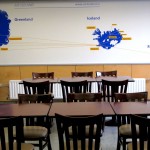



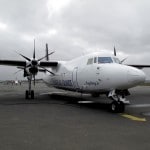
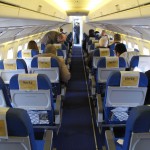
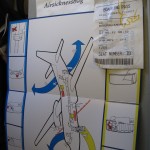

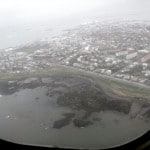
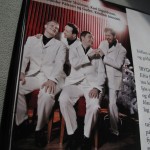

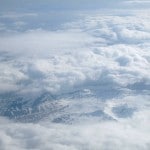





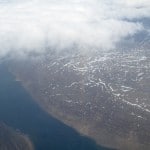





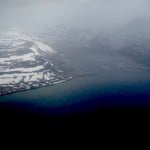
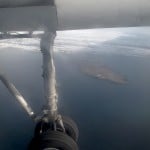





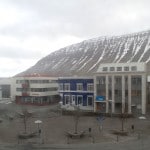


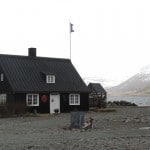

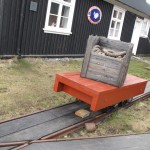

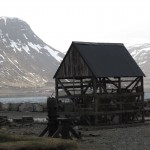
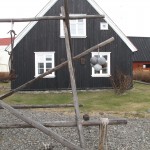



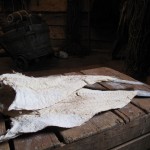



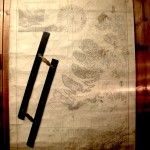
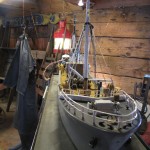

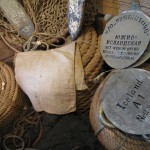




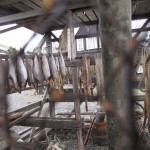

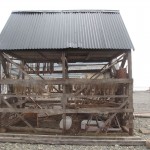

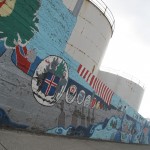
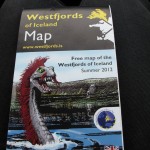
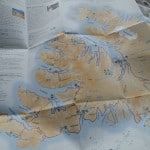
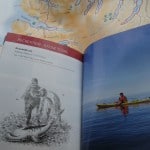




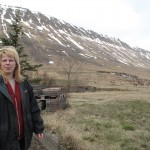
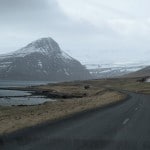


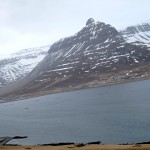
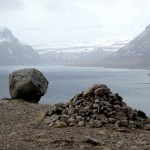
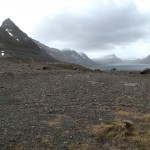


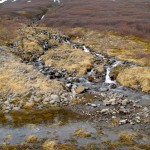



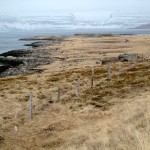

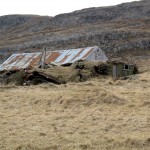


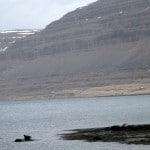

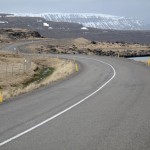
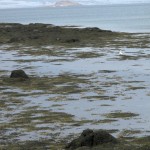




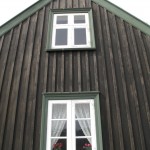






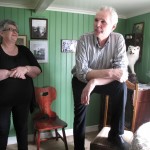

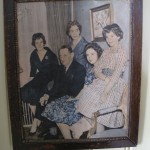


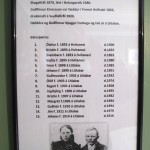
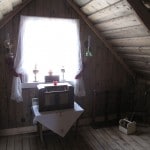
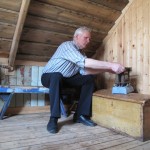

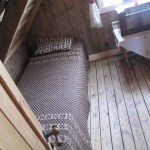
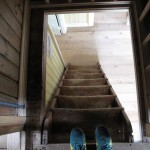
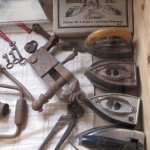
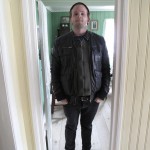
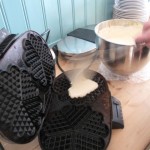
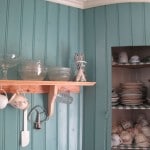




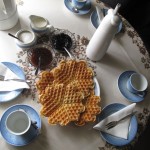
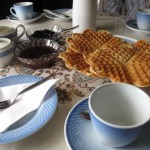
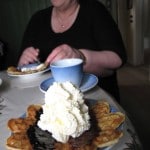
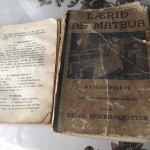






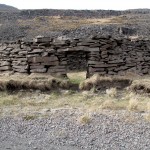
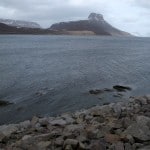

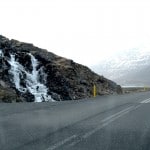
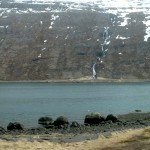

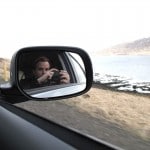

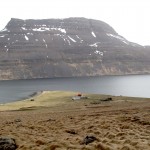
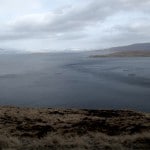




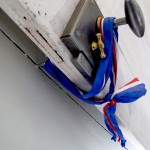
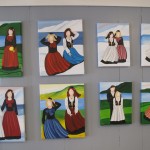
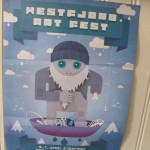

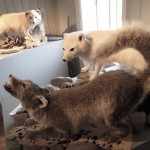

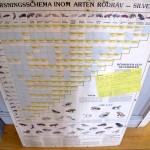






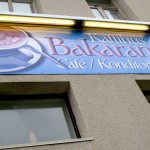

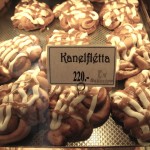

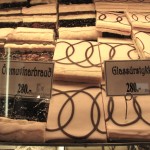
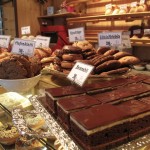
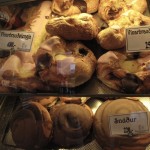

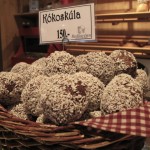



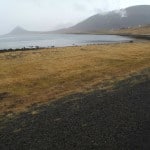
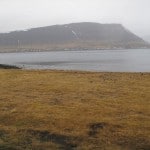
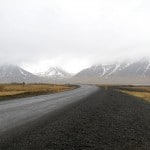
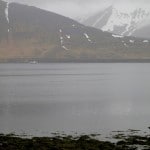

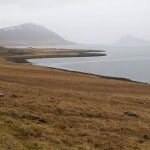




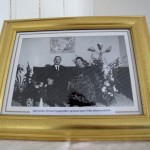

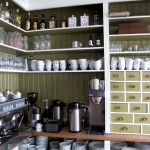
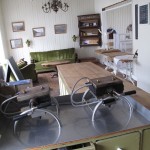


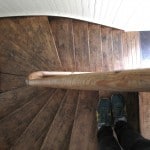
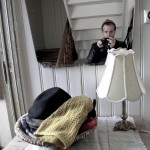



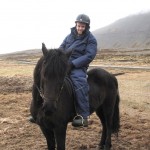
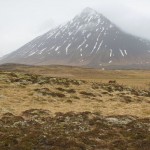



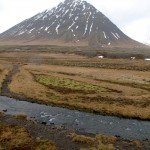




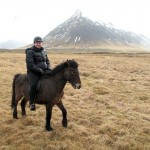


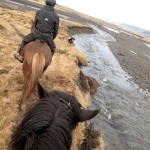

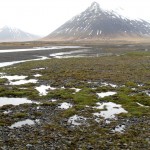











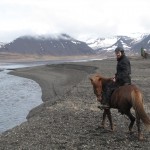
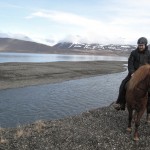
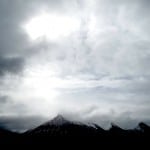


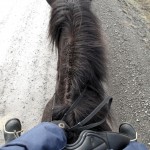
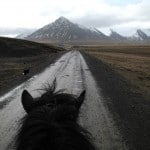

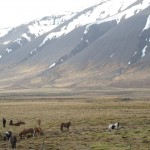

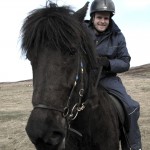





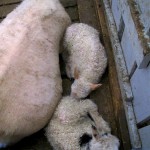




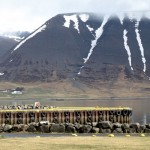




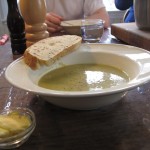


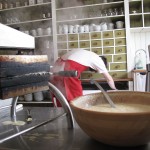

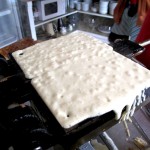
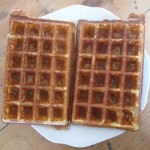
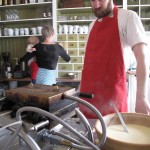
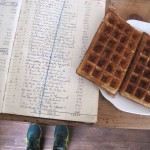
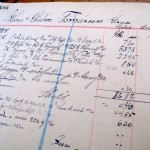
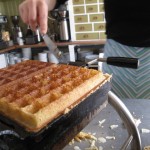



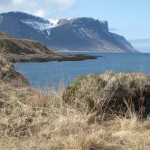


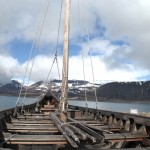
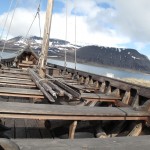

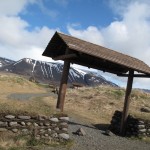

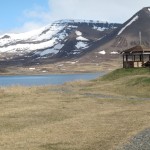







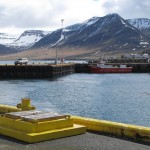


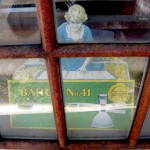

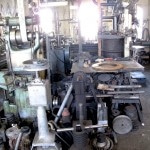







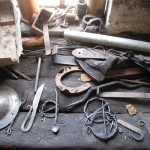


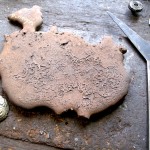


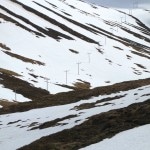
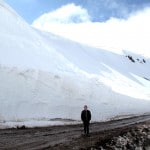









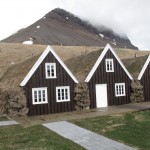
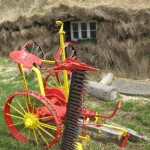






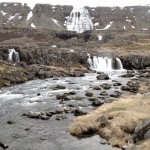
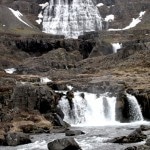
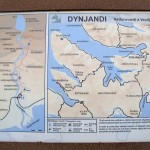








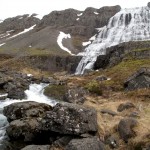


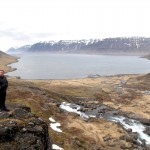



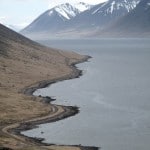

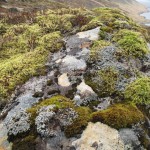


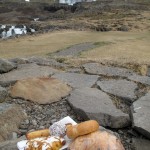

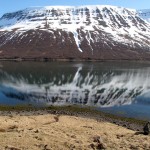
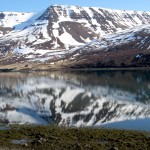

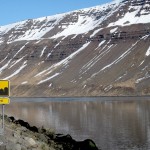




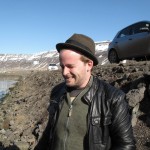


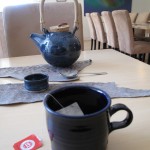
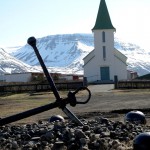








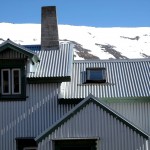

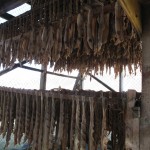


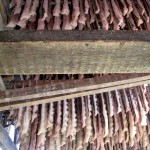
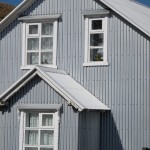

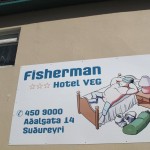

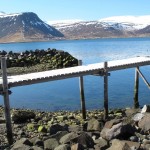
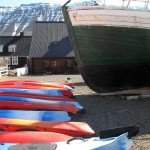
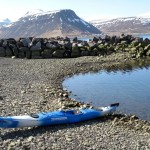
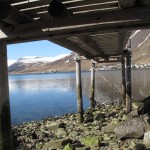
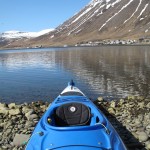



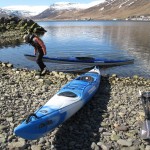




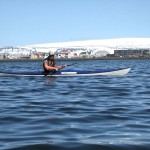
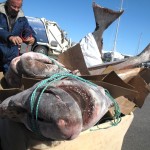



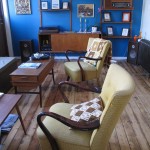

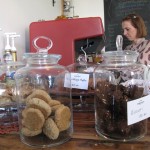

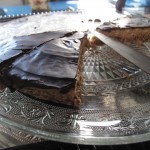

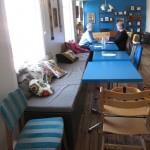

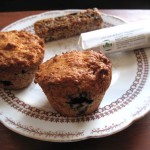

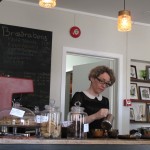

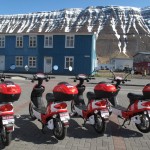





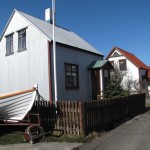


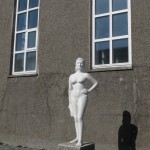

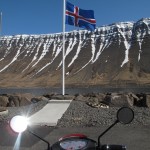










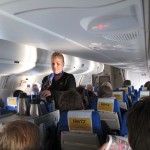
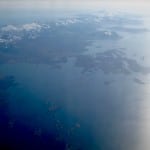
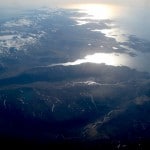
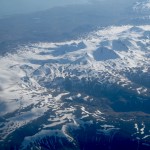



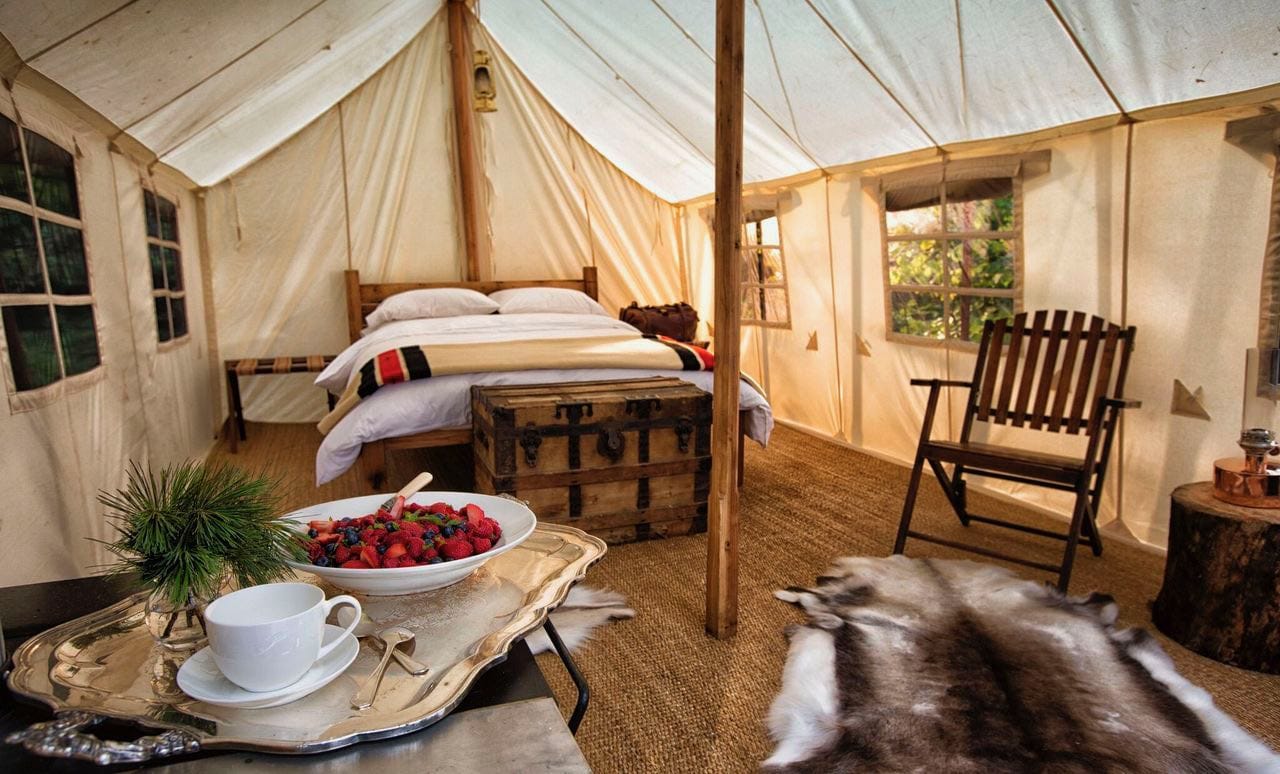
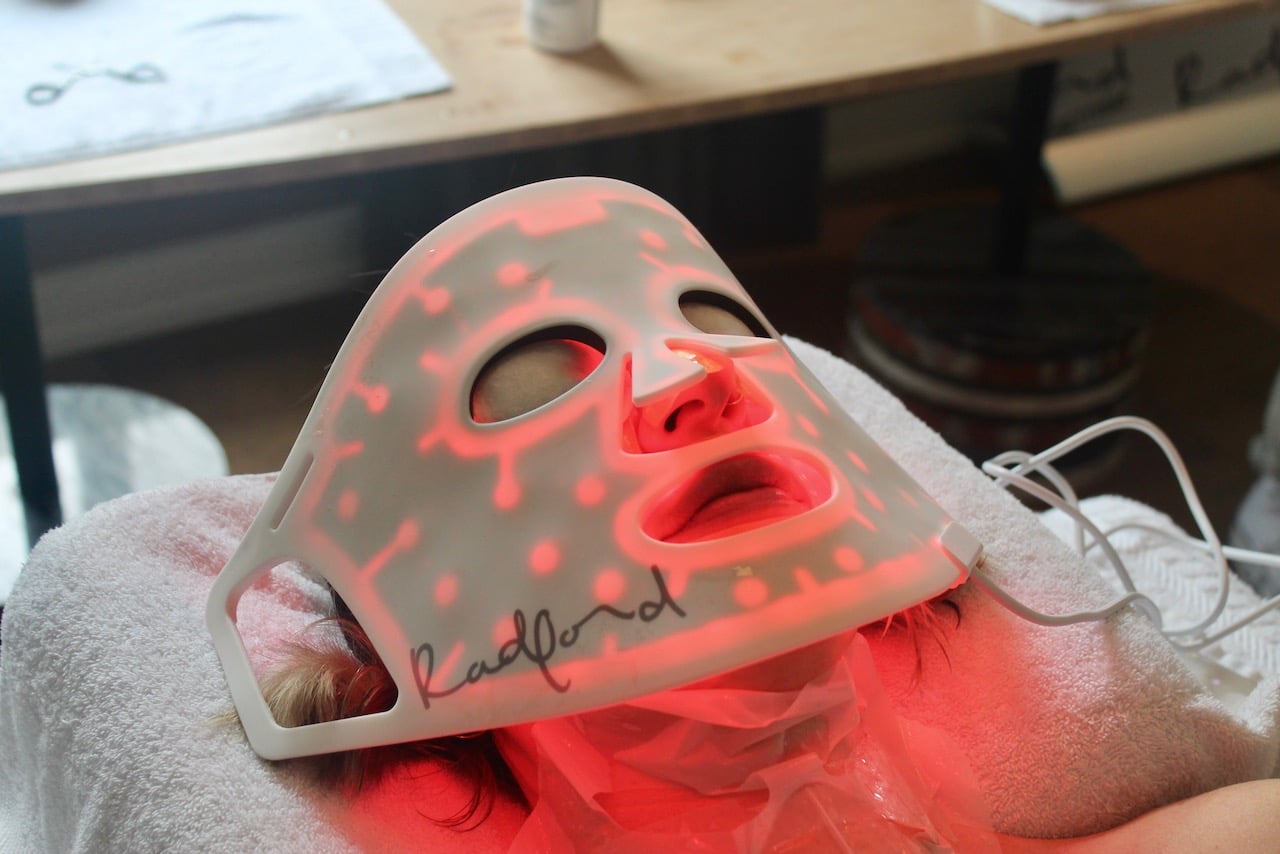
One of my favourite music videos features that flight into Isafjordur! I’d definitely be scared on that one…sounds like a great trip though.
Such a magical place!